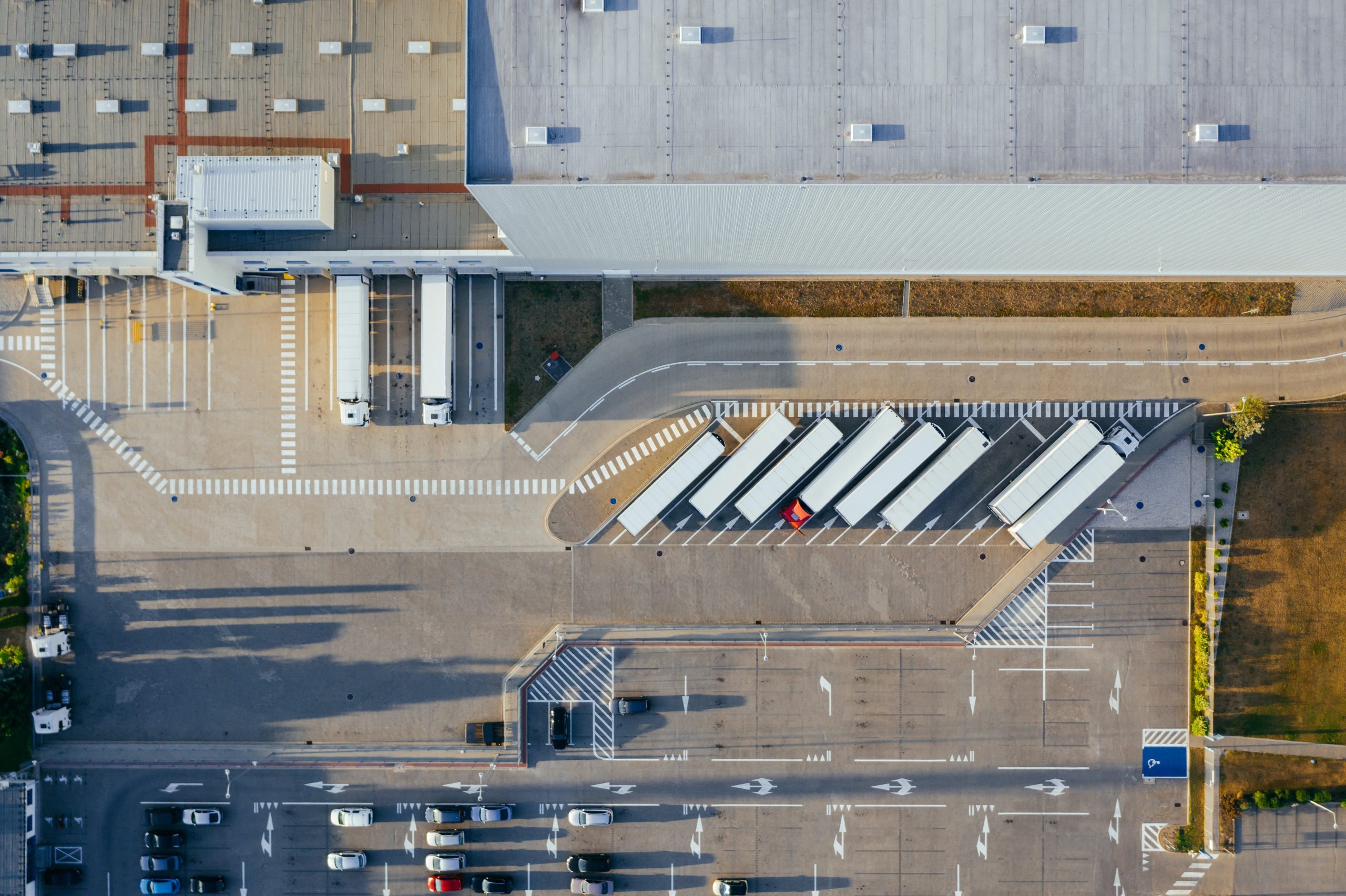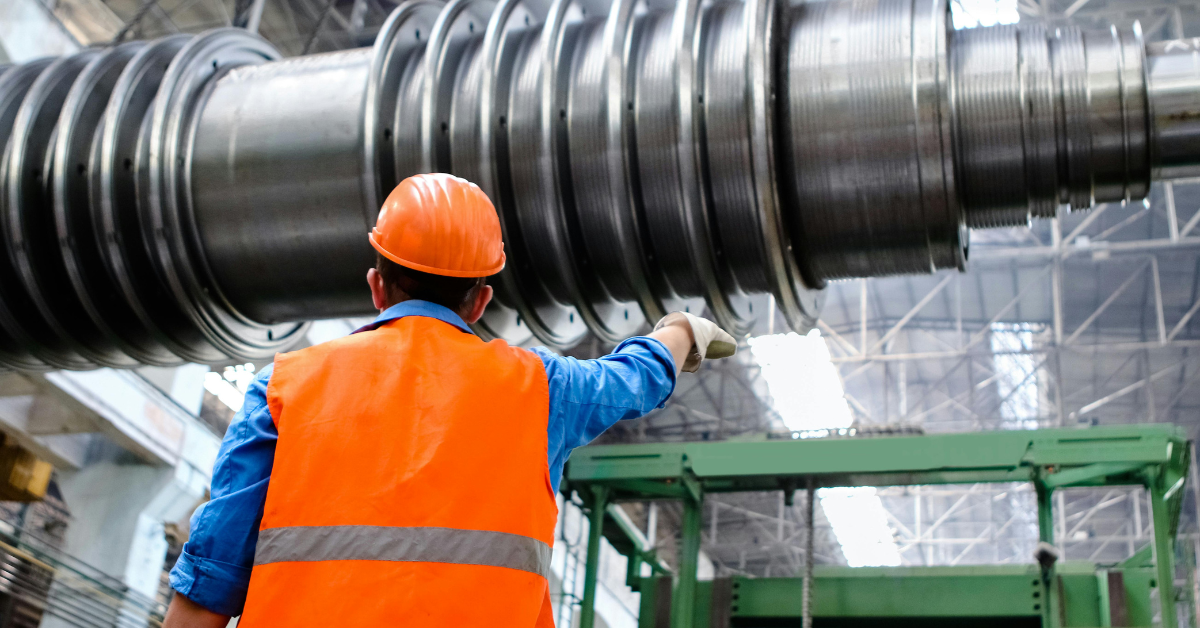Are Warehouses and Distribution Centers the Same? Unveiling the Key Differences

Navigating the logistics industry can be challenging. Terms like “warehouses” and “distribution centers” are often used interchangeably. Both play crucial roles in traditional supply chain management. But understanding their distinct functions will help optimize your logistics strategy.
Keep reading to tell the difference between a warehouse or a distribution center, and how they work together in modern supply chains.
The Indispensable Role of Warehouses
Traditional warehouses serve as the backbone of the supply chain. It provides a secure and centralized location for storing raw materials, finished goods, and equipment.
Warehouses also act as a buffer against supply chain disruptions. When external factors impact the supply chain, extra stock helps businesses maintain operations. Warehouses provide the storage space to enable bulk purchasing. It contributes to cost savings in the long run.
A traditional warehouse enables accurate inventory management. It ensures companies maintain adequate inventory levels, even during high seasonal demand. The inventory management system means companies reduce storage costs and improve operational efficiency.
Distribution Centers Focus on Fulfillment Services
Distribution centers strive to serve as a dynamic hub for fulfillment orders. It’s the space to store goods and ship products to the intended destination.
Online shopping is a competitive environment. Consumers demand fast delivery times and a seamless shopping experience. Distribution centers focus on processing customer orders and ensuring timely deliveries. These services help to exceed customer expectations.
Modern distribution centers use warehouse management systems (WMS) to provide real-time inventory visibility. A WMS enables businesses to optimize stock levels and identify potential stockouts. It also helps make informed decisions about production and procurement.
Yet distribution centers often extend beyond basic storage and order fulfillment. They offer extra services like kitting, packaging, and light assembly. Fulfillment centers allow businesses to streamline their supply chain further.
Warehouse or Distribution Center: How They Relate
Warehouses and distribution centers have distinct roles. But their success depends on a collaborative and symbiotic relationship. Efficient warehousing ensures a steady flow of goods into the distribution center. The process allows for smooth order fulfillment and timely delivery.
Understanding the unique functions of both warehouses and distribution centers empowers businesses to:
- Optimize logistics operations: Leverage the distinct strengths of each facility. It allows businesses to achieve optimal efficiency and cut operational costs.
- Enhance customer satisfaction: Fostering loyalty and brand advocacy is essential for successful businesses. Fast delivery times and personalized services can contribute to a positive customer experience.
- Gain a competitive edge: A warehouse and distribution center can provide exceptional value. It enables businesses to adapt to changing product demands.
What is the Difference Between a Warehouse and a Distribution Center?
Warehouses focus on storage and holding inventory for an extended period. They act as a central repository for raw materials, finished goods, or equipment. It ensures supplies are available when needed. Warehouses often don’t have services beyond basic storage and retrieval functionalities.
Distribution centers, on the other hand, are the center of the order fulfillment process within a modern supply chain. Their primary focus lies in processing and distributing goods to external customers. This involves activities such as:
- Order processing and picking individual orders based on customer demand.
- Packaging and kitting products for shipment.
- Transportation management coordinating deliveries to various locations.
- Inventory management ensures optimal stock levels to meet demand.
What are the Similarities Between Warehouses and Distribution Centers?
There are some key similarities between warehouses and distribution centers:
- Both are essential components of a robust supply chain. They play a critical role in ensuring smooth product flow and timely delivery to customers.
- Both need effective inventory management systems. Maintaining accurate records and controlling stock levels ensure optimal efficiency and avoid stockouts.
- Both use warehouse management systems (WMS) to optimize operations. These software solutions enable efficient tracking, inventory control, and order fulfillment processes.
Understanding the distinct roles of warehouses and distribution centers is vital for businesses. By leveraging the strengths of each, companies can optimize their logistics operations. Optimizing the supply chain leads to delivering a superior customer experience.
How are Warehouses and Distribution Centers Used for Supply Chain Management?
Traditional supply chains often relied on warehouses for long-term storage of goods. There is often a limited focus on rapid order fulfillment. Warehouses handle and store large quantities of inventory and serve as a buffer to meet fluctuating demand.
But modern supply chains have embraced the agility and efficiency of distribution centers. These centers play a vital role in streamlining the order fulfillment process. It enables faster delivery times and improved customer satisfaction. Distribution centers can handle smaller, more dynamic inventory levels. All while prioritizing efficient order processing and distribution.
Customer-centric businesses need a supply chain solution. It can provide the best order fulfillment experience to their consumers. At Armstrong, our experienced team has the resources to optimize your order fulfillment workflow. We can handle everything from transportation management to asset management. All customized to the specific needs of your business.
